PPC, short for Pay-per-Click, is a widely favored marketing method by those who seek a direct and effective approach to reach their target audiences and achieve results tied directly to the number of visitors on their landing pages. Implementing a well-crafted PPC marketing strategy can substantially enhance conversion rates, making it an understandable favorite among marketers.
In this article, we delve into the topic of PPC and provide actionable insights into the current PPC Best Practices. By adopting them, you can accelerate and amplify both the quantity and quality of visitors and prospects to your landing page and website.
Types of Ads You Should Consider
Google’s search engine results will show you anywhere from 1–4 ads at the top and 1–3 ads at the bottom of every page. These are known as “Search Ads.” Still, you should include other types of ads in your strategy that we mention below.
Search Ads

These correspond to the most common type of pay-per-click advertisements, appearing as text in the results of search engines. They look like any other regular search result; still, they are marked with an ad to differentiate them from organic positions.
Display Ads

Display ads are image-based, text-based, or video-based advertisements calling users, visitors, and searchers to click on a specific offer or promotion. This display advertising technique is intended to attract potential customers from specialized websites, social media sites, and other mediums. This is great for attracting users to a PPC landing page.
Remarketing Ads
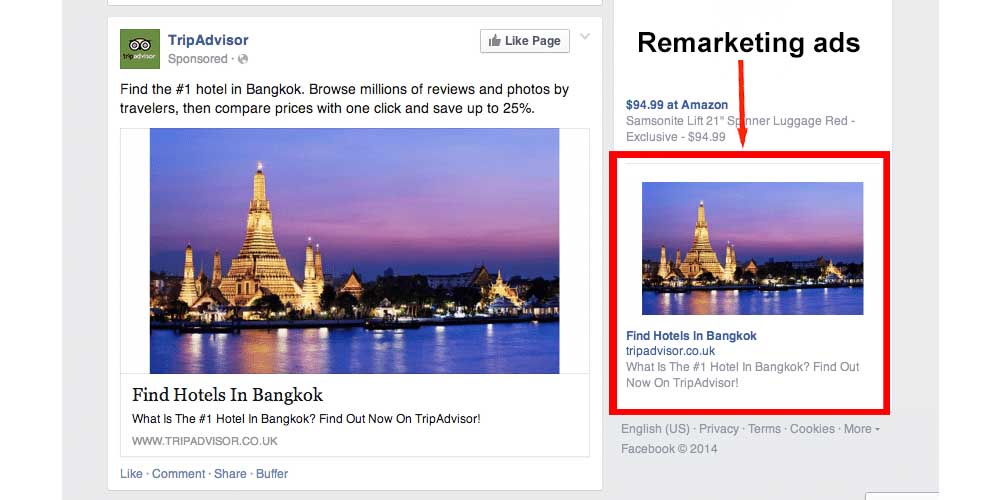
As its name suggests, this type of PPC advertising focuses on prior customers or visitors who have shown interest in your product or service. You can remarket these people by customizing your campaign for a specific ad group. The strategy is straightforward: bringing back to life old advertisements and customers’ interest in your brand.
Social Ads
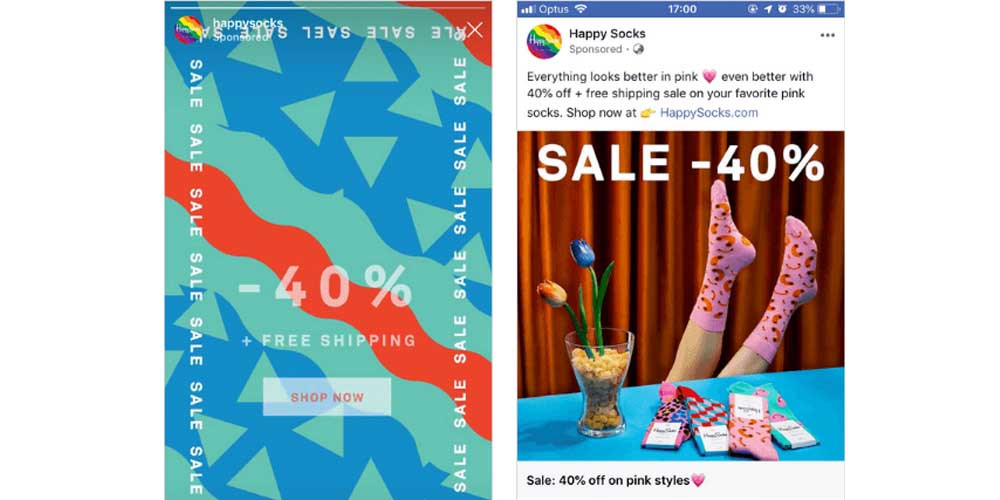
Social ads are a PPC marketing strategy on social media that aims to generate interest in users or attract prospective customers to your landing page. These advertisements contain adverts labeled as ad or sponsored.
Local Ads
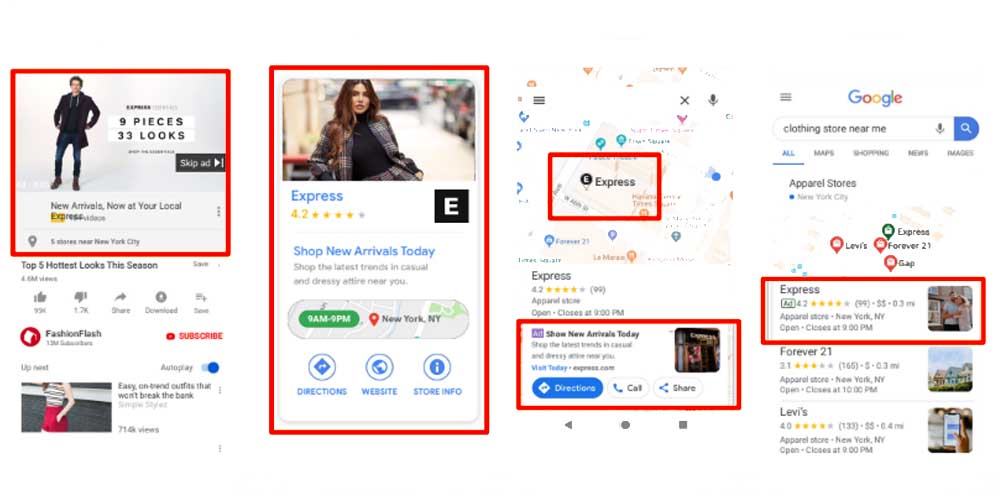
Local ads are one of the most relevant paid social ads since they attempt to attract people who are near a specific brand or business. These have as a primary goal of increasing direct and physical sales and conversions from the locals.
TrueView Ads
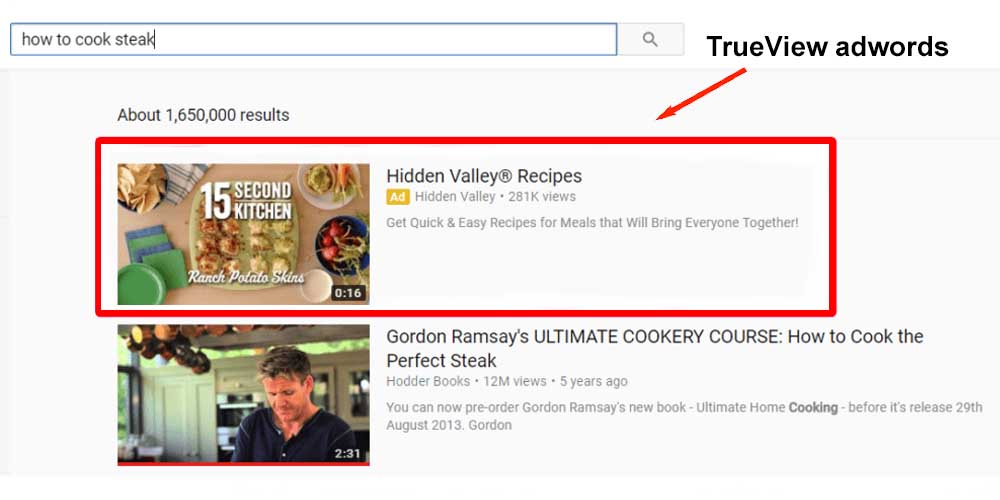
We all navigate through Youtube, so we eventually understand what TrueView advertising is. These correspond to social media ads featured on Youtube, or video ads, such as specific shorts, full-screen ads, unskippable ads, brief sidebars, or a mix of these.
All these ads for the PPC strategy contain relevant keywords for your topic or industry. Once you’ve assimilated these types of ads, you can target your PPC efforts accordingly to your target audience and goals.
Which Are the Best PPC Best Practices?
The nine PPC practices mentioned below will help you to develop your pay-per-click campaign. You should include each of them, but depending on the bid management, you can decide what is imperative for your goals and objectives.
- Identify Keywords Indicating High Intent for Searches
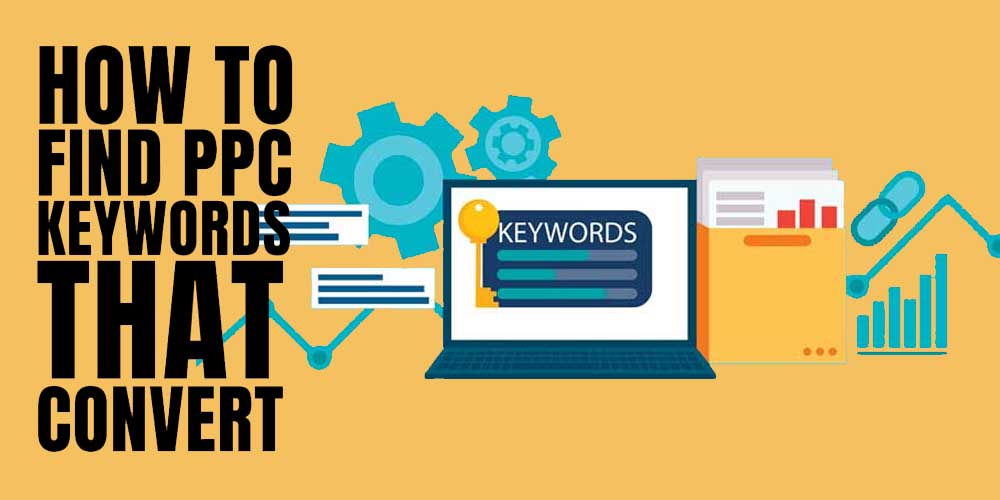
Target keywords are the cornerstone of any marketing strategy, and even more of PPC practices, since they intend to generate interest in people through words they consider relevant. Whether using search ads, social ads, or display ads, you must conduct searches, create a keyword list, and utilize fundamental keywords for a specific topic. It would help if you considered the following types of valuable keywords:
- Market segment keywords. These are keywords associated with a specific industry or brand. They attract audiences looking for broad information on niche marketing needs.
- Long-tail keywords. More precise keywords are intended to attract the correct audience for a specific niche. The more accurate the keywords, the more likely they reach the right audience.
- Negative keywords. Knowing and removing negative keywords unrelated to your industry or product will save you time and help you avoid ranking in the wrong industry.
- Obscure keywords. You should consider other versions of the market segment and long-tail keywords you’ve previously reached. These specific keywords in the right ad platforms will help you achieve a wider audience.
- Create Targeted Ad Groups for Specific Campaigns
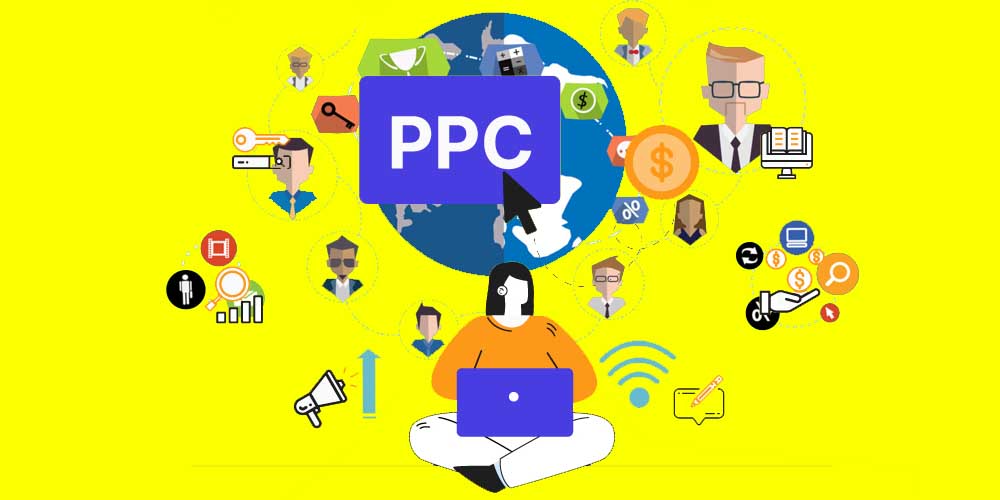
When creating a marketing campaign, knowing the target audience is likely one of the most critical aspects you should consider. As PPC marketing campaigns commonly are short-length strategies, you should address different groups of people with unique demographics and behaviors.
In this sense, set criteria to create groups you will further market with a particular PPC tactic. Consider the following to narrow down your target audience:
- Geographic location;
- Interests;
- Type of device they’re using;
- Demographic;
- Behavior.
Target audiences also have their interests and desires. You must be capable of identifying people willing to purchase your product to apply your new strategies to them.
When creating your PPC strategy, the first thing you must have in mind is the primordial needs of your target audience so that you can present accurate solutions for its issues on multiple platforms. In this context, a beneficial copy can distinguish between a persuaded customer and one who has yet to decide.
- Write SEO Optimized Ad Copy
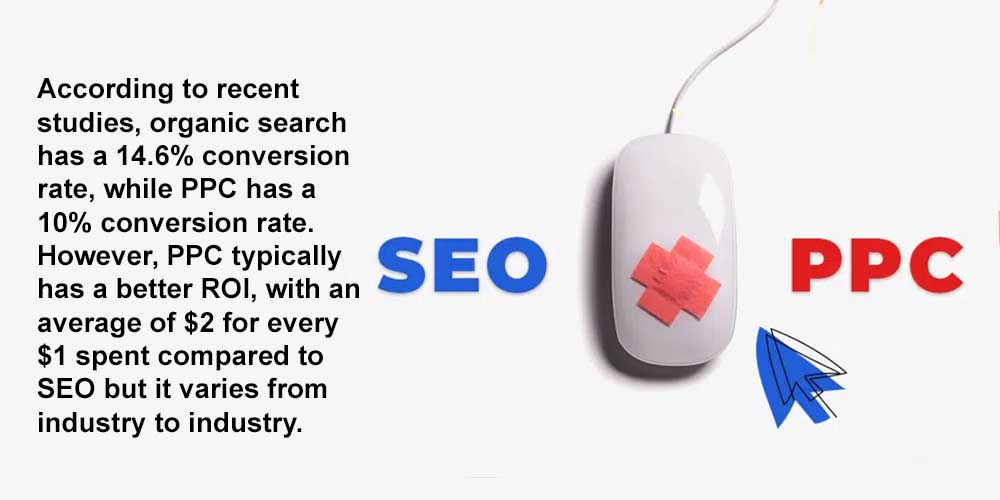
Most marketing strategies you can adopt to promote products or services online are about creating high-quality content for multiple audiences, platforms, and media. This means for all kinds of content, such as landing page copy or PPC advertising copy.
Focus on creating excellent PPC ad copy with SEO optimization!
Use all the keywords mentioned above to build the best text-based search ads and pick up the attention of prospects and the curiosity of wandering searchers.
Regarding copies, we can give you the following tips:
- Create innovative and original content. Being creative at this point of the game is a bit of a challenge, so having a creative mind helping you with these ad extensions would be beneficial. Create a wide diversity of content for different PPC platforms, social media, and other channels to reach your target audience in various places.
- Use all the available space. The number of characters in Google Adwords or other types of ads is limited. Try to use them to present all your product’s essential details and benefits briefly.
- Use statistics and emoji to engage customers. Ads are built with a title, a description, and additional information in the form of an image or video. Statistics give a serious aspect to your ad campaign. On the other hand, emoticons can differentiate your copy from others since searches via smartphones are more and more common.
- Stay Active on Your Account and Periodically Measure Results
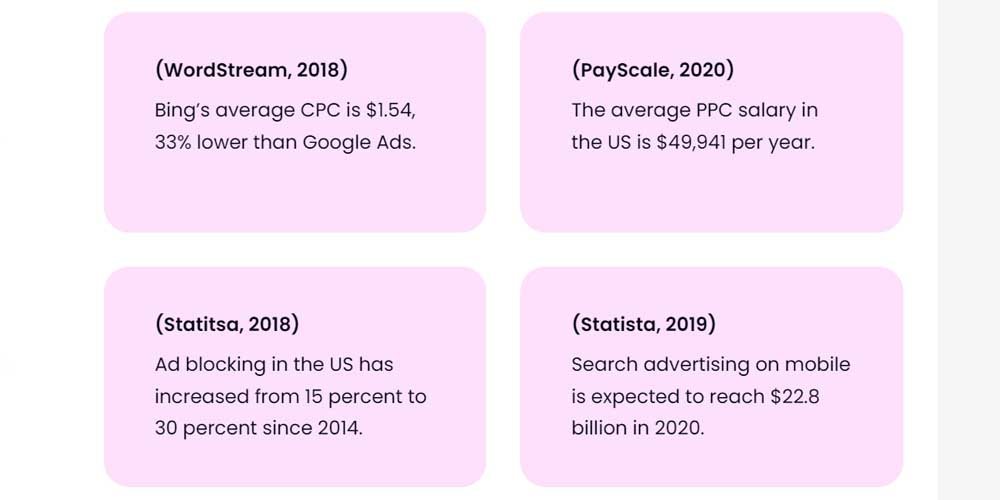
A PPC advertising strategy commonly lasts for a specific period, and then marketers measure and evaluate whether the process delivered the expected results. Although this can work, we recommend you periodically check your account and the number of visitors. This way, you can accurately evaluate the campaign performance.
Keep an eye on your campaigns’ back-end by analyzing results and optimizing internal aspects. Reviewing what is happening and what you’re doing will reflect interesting insights you can’t get any other way. To perform universal analytics, use both Google Analytics or Airtable, or any other KPI dashboard. Some Key Performance Indicators you should use are the following:
- Click-Through Rate (CTR). This is the primary indicator used to evaluate your PPC campaign. The higher the percentage of clicks, the greater the probability of generating revenue.
- Click to Open Rate. This indicates how many people that clicked the ad also connected to a part of it, such as an image, button, or link.
- Cost per Click. This indicates the total cost that the advertiser pays for each click. The advertiser suggests a price they want to pay per click. CpC compares the total budget with the total number of clicks.
- Followers. These KPIs measure the number of followers effectively buying products from your business.
- Return on Investment (ROI). The ROI uses many variables to calculate the return on investment by dividing the profit between the investment cost. It indicates the effectiveness of the campaign.
- Conversion Rate. It indicates the percentage of users that effectively complete a conversion after clicking a specific ad.
The KPIs will give you a new approach and perspective on measuring results, especially when using the same performance report for many years.
- Prepare the Best Landing Page for Your PPC Campaign and Goals
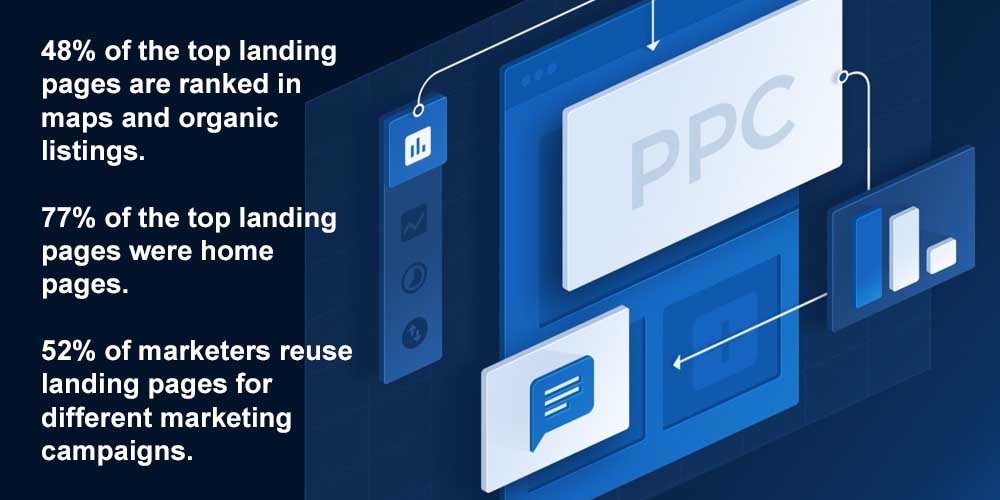
Landing pages are the pages within your websites – if you have several – where searchers and clickers will be led when they click on ads, banners, or general advertisements.
Of course, your landing pages should be aligned with the data you provide in your ads and relevant to your goals and marketing efforts.
Here are some landing page best practices:
- Use the exact keywords you used in the ads to boost sales.
- It should be visually appealing and pleasant to look at.
- Display the CTA (call to action) phrase to encourage people to finish the purchase.
- Design a page that quickly loads information optimized for PC and mobile devices.
- Your brand logo and contact information should be displayed to boost the sale process.
- Use the same keywords in the title, meta description, and page content.
This practice aims to improve the landing page’s performance and get better conversion rates through paid advertising and campaigns targeting the right audience.
- Hire a Professional PPC Marketing Agency
Building an effective PPC marketing campaign takes time and effort. It involves multiple factors, as you have seen in the previous sections. Keyword research, deciding which ads you should utilize, creating high-quality copies, etc., are crucial PPC strategies that require knowledge and informed decision-making.
The best way to leverage these strategies’ potential is to work with a professional marketing agency. Agencies will help you create, adopt and implement your brand’s plans to reach its smart goals and objectives. A marketing agency will help you with the following:
- PPC management.
- Landing page content creation.
- Short-length copy creation.
- Social media ads management.
- Case studies explanation and application.
- Youtube marketing ads campaign.
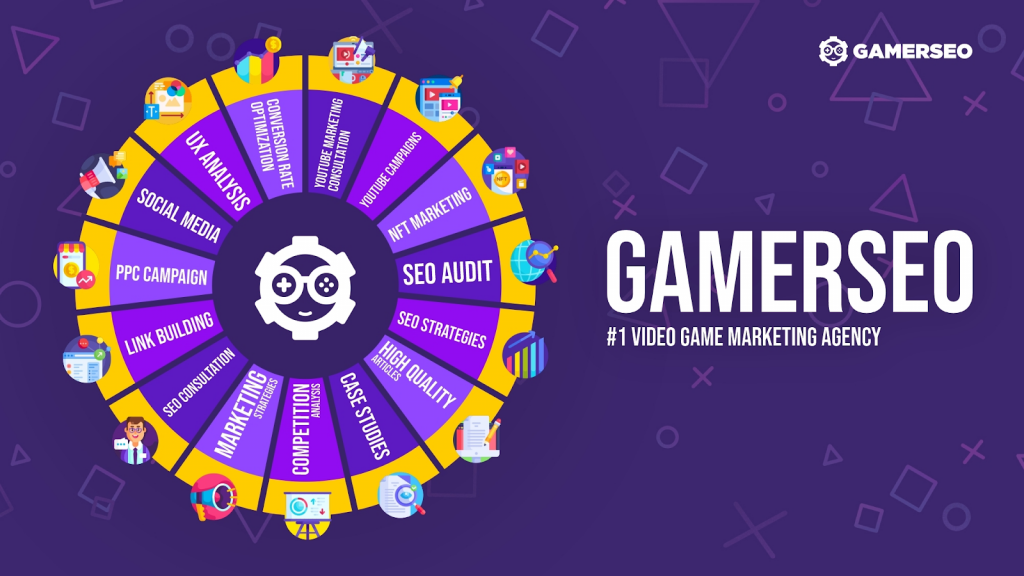
GamerSEO is the leading marketing agency that offers a comprehensive range of services to meet all your needs, including expert assistance with pay-per-click (PPC) ads. Our team of specialists excels in crafting precise and customized PPC marketing strategies specifically designed for tech companies. We understand the key differentiators that set apart average PPC marketers from exceptional ones.
We go above and beyond to maximize your ad performance. Our dedicated team conducts thorough keyword research to identify the most relevant and effective keywords for your ads. Additionally, we develop a tailored approach that highlights the most suitable PPC advertisements, ensuring they reach your target audience and drive exceptional results. By implementing our strategies, you can expect to see a significant increase in website visitors, quality leads, and boosted sales.
At GamerSEO, we are also experts in creating highly engaging and conversion-focused content for search campaigns. With our guidance, you’ll be able to select the optimal social media platforms and specialized pages to publish your ads, ensuring maximum exposure to people who are genuinely interested in your offerings.
- Diversify Ad Platforms
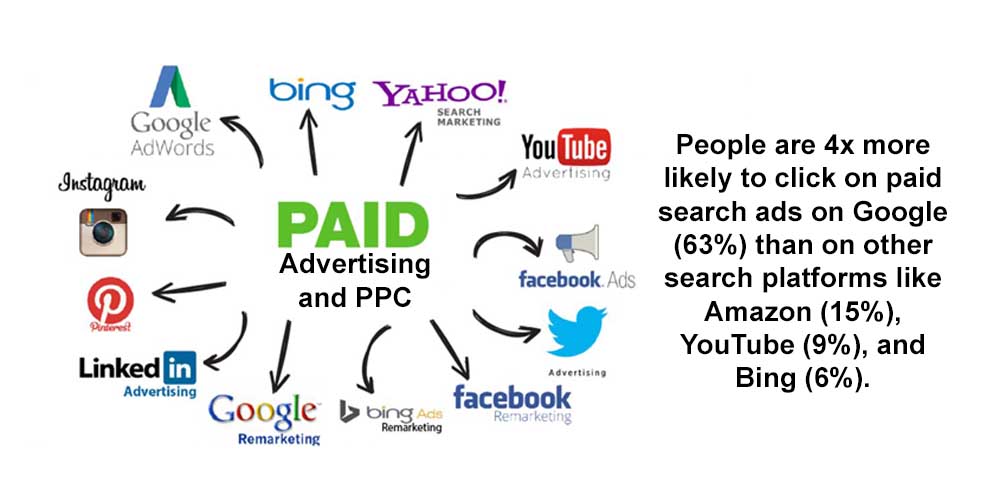
We know Google Ads take up a big part of the PPC campaigns, but it doesn’t mean you only have to allocate efforts and more resources to Google. Your PPC ad campaigns should consider all the possible spaces, including old and new platforms where your target audience covers a significant part of everyday users or interactors.
For instance, Microsoft Ads – Bing Ads – is another platform you should consider when planning your paid search ads, as it covers 27% of paid mobile click share. Thus, your paid search planning should go beyond and integrate other channels, and social media, such as Facebook, Instagram, Youtube, and Twitter.
Each platform represents a unique opportunity to broaden reach, capitalize on opportunities, and cover a different target. For instance, a paid search optimization campaign focused on Instagram ads will likely increase visibility and the number of followers, leading to increased conversions.
- Utilize Responsive Search Ads
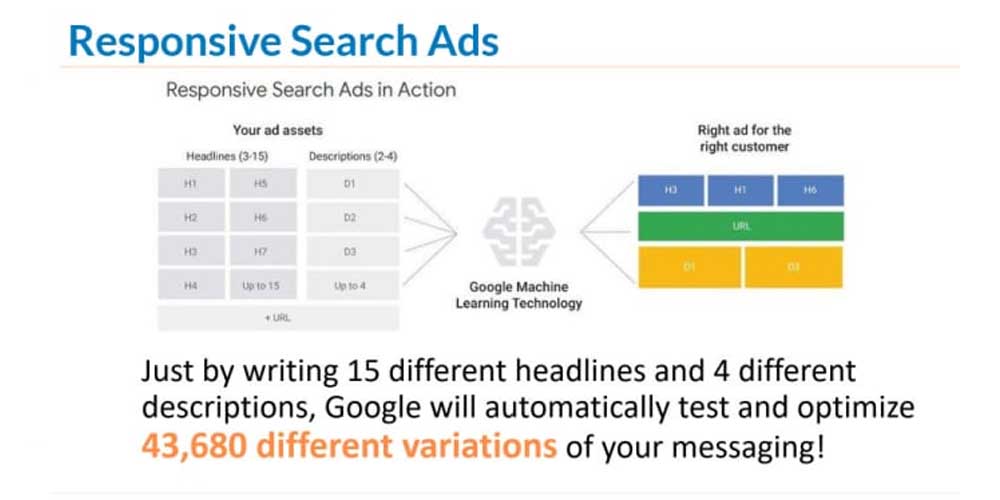
In campaign optimization, responsive search ads gain vast relevance since it allows you to create different ads to capture the attention of specific groups in a particular period.
Responsive search ads let you design randomly-crafted messages from 15 titles and four descriptions. These elements are combined to build unique messages for specific groups and displayed via machine learning. They aim to capture the audience’s attention from different digital spaces. Furthermore, it prevents you from doing repetitive tasks.
Anyway, just like traditional Expanded Text Ads, you should follow some tips when creating your responsive search:
- Design unique variations and new features for each title you craft.
- Optimize descriptions across variations using SEO and standard search terms.
- Be clear and concise, and avoid redundancy since you don’t know how these titles and descriptions will be combined.
- Use Location Insert and Smart Bidding to broaden your search.
- Optimize Your Ads for Voice Search
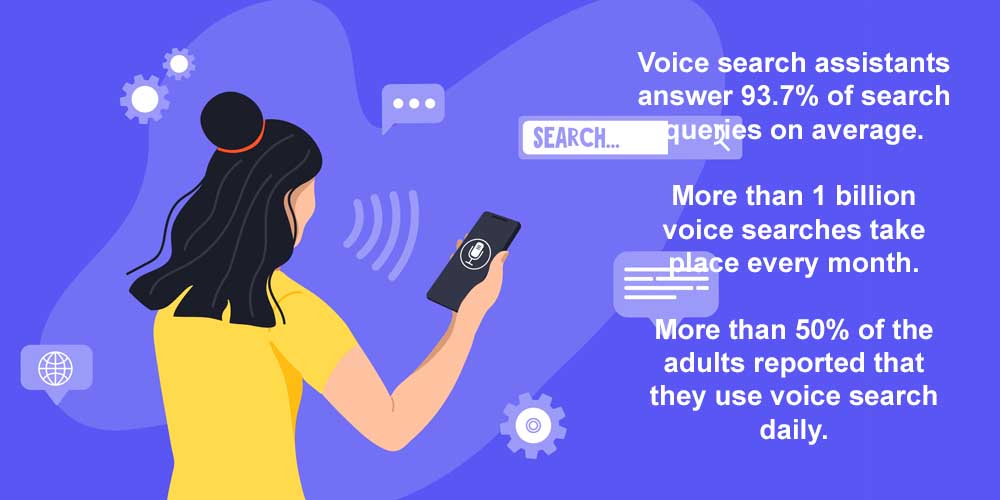
Voice assistant users have increased in the last two years, with over 112 million in the United States. It means that voice search popularity is massively growing, reaching never expected new horizons. Most users think voice assistant is extremely helpful. Even though not all users intend to use voice searches, you shouldn’t limit your voice optimization efforts. The following are some of the best practices for your PPC advertising campaign regarding voice search:
- Identify high-intent long tail keywords;
- Create ads groups intended to use specific phrases relevant to your product;
- Focus on high-intent keywords describing proximity, such as “Near Me” or “Local.”
- Mirror how people speak to voice assistants to create natural PPC ads for your campaign.
The Bottom Line
PPC process marketing is one of the best strategies your organization can adopt to increase the number of visitors to your website and landing page, which eventually leads to more conversions.
The key to any successful PPC campaign is to review the data and patterns of search queries for designing strategies fitting your requirements and goals. Besides, digital marketers know that the overall visual design of the ads, and the data they contain, are crucial to encourage people to click on them.
Remember to conduct keyword research and consider the search intent to find the words relevant to your target audience.
Finally, if you’re looking for other exciting information for your business and how to make it grow, check the other posts on the GamerSEO blog.

A PPC specialist who started with organic social media. For several years, the core of his activities are:- Google Ads, Microsoft Ads, Meta Ads, TikTok Ads, Twitter Ads, Linkedin Ads. He has led campaigns with a global reach, e.g. for FootballTeam, G2A, ETOTO, as well as many smaller campaigns in the sports, construction and financial industries. Has full focus on ROAS. Privately, a fan of football, history of wars and Star Wars.

